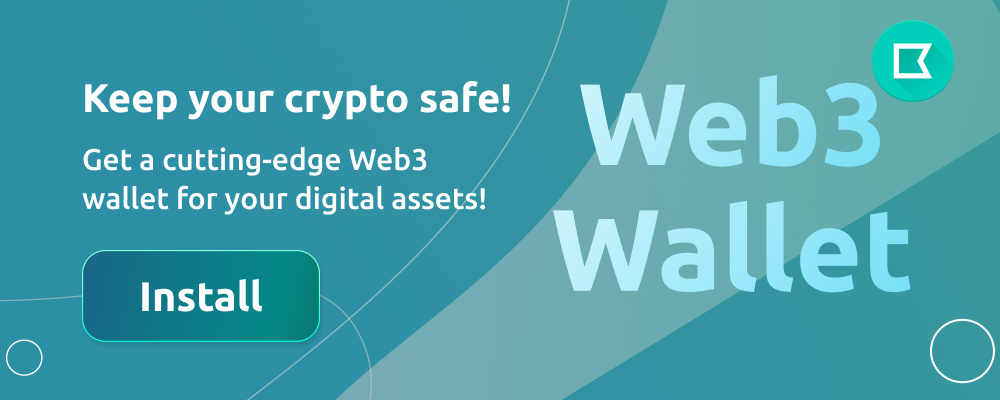

Anchor Protocol (ANC) Review 2023
Anchor Protocol is a decentralized platform that offers yield farming, liquidity provision, and stablecoin protocols. It is built on the Terra blockchain and aims to provide a more accessible and stable financial system to users. The platform is designed to enable anyone, anywhere, to access financial services and opportunities. This review will examine the key features of Anchor Protocol, including its consensus mechanism, token economics, governance, and key applications.
Consensus Mechanism
Anchor Protocol uses the Solana consensus mechanism, which is a high-performance blockchain that is designed to provide fast and scalable transactions. Solana uses a Proof of Stake consensus mechanism, which means that instead of mining blocks with computing power, users can secure the network by holding tokens and participating in block validation. This reduces the energy consumption of the network and makes it more environmentally friendly.
Token Economics
The native token of the Anchor Protocol is the Anchor Token (ANC), which is used for staking, governance, and liquidity provision. Staking allows users to earn rewards for participating in network security, while liquidity provision allows them to earn rewards for providing liquidity to trading pairs on decentralized exchanges. The token economics of Anchor Protocol are designed to incentivize long-term participation and stability in the network.
Governance
Anchor Protocol has a decentralized governance system, which means that token holders can vote on changes to the network. This allows for a more democratic decision-making process, where the community has a say in the direction of the platform. The governance system is designed to ensure that the platform can evolve and adapt to meet the changing needs of its users.
Key Applications
Anchor Protocol offers a suite of financial services and applications, including yield farming, liquidity provision, and stablecoin protocols. Yield farming allows users to earn rewards for participating in the network by providing liquidity or staking tokens. Liquidity provision enables users to earn rewards for providing liquidity to trading pairs on decentralized exchanges. Stablecoin protocols provide a more stable store of value and enable users to avoid the volatility of cryptocurrencies.
Conclusion
Anchor Protocol is a decentralized platform that offers yield farming, liquidity provision, and stablecoin protocols. It is built on the Solana blockchain and aims to provide a more accessible and stable financial system to users. The platform's consensus mechanism, token economics, governance, and key applications are designed to incentivize long-term participation and stability in the network. While there are still many challenges that need to be addressed in the decentralized finance space, Anchor Protocol is poised to play an important role in shaping the future of finance.

No hay reseñas aún. ¡Se el primero!



